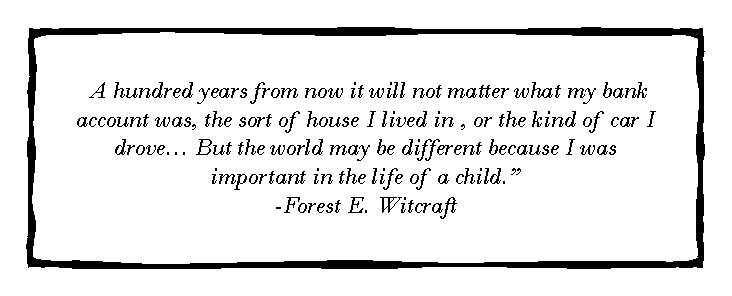Robin C. Miller EDUC-6164
Blog
Week 3
I
asked three of my colleagues who are all culturally different from me by both
gender and race to define the terms culture and diversity.
Culture is a person’s family
background, roots of their ancestors, where they came from, and their way of
life. Diversity is a variety of different things and cultures of people
(Personal Communication, 2013).
Culture is something that has been
passed down through time that a group of people share. Diversity is a group of
people that come from different backgrounds of different races and ethnicities to
come together and share a common goal (Personal Communication, 2013).
Culture is the background of one’s
heritage, their upbringing (from your beginning—great grandmother, etc), origins,
the place where you came from (county), and nationality. Diversity is when all difference
is brought together. It is different colors, ages, sex, and backgrounds (Personal
Communication, 2013).
My colleagues did a wonderful job
defining the terms. The each stated similar aspects of what culture and
diversity is. My understanding of culture and diversity was the same at the
beginning of the course. My colleagues listed the basic attributes of culture
and diversity. They listed only things that can be seen from the outside. For
the term culture my colleagues didn’t mention “race, economic status, language
abilities, gestures, eye contact, and how you view the world” (Laureate
Education, Inc., 2011). The missing attributes in diversity that were not
mentioned are, “religion such as Christianity, and geographic origin such as
Africa” (U.S Department
of the Interior., n.d).
My colleague’s definition of these
terms made me realize that many people, including myself before this course,
only look at the basic outward appearance and characteristics of people when
culture and diversity mean so much more and goes so much deeper than that. According to, Louise
Deman-Sparks, Julie Benavides, Nahdiah Taylor, culture is defined as
characteristics based on everything about yourself such as, beliefs, values,
family traditions, and how you view the world (Laureate
Education, Inc., 2011). The term "diversity" is used broadly to refer
to many demographic variables that are not just physical but emotional and
social as well (U.S
Department of the Interior., n.d). Educators must be
aware of the true definitions of these terms in order to provide an anti-bias
education for the children and families that we serve.
References
Laureate
Education, Inc. (2011). Family Cultures: Dynamic Interactions Retrieved from https://class.waldenu.edu/webapps/portal/frameset.jsp?tab_tab_group_id=_2_1&url=%2Fwebapps%2Fblackboard%2Fexecute%2Flauncher%3Ftype%3DCourse%26id%3D_3397499_1%26url%3D
U.S Department of the Interior. (n.d). What is diversity?.
Retrieved from http://www.doi.gov/pmb/eeo/what-is-diversity.cfm

There are so many different forms of culture as well. There is the dominant culture, family culture, work culture, and basically any environment you are in has a culture. It is important to be aware of the culture differences between say, your classroom and the family's you serve. This awareness will help with anti-bias education.
ReplyDeleteHi Robin,
ReplyDeleteI truly agree with your statement all educators must be aware of the true definition of these terms. I chose three different levels of higher education people, and they only gave me the basic meaning of the words. To them it was a thing of the past.
It does seem as though many look at the basic outward appearance and characteristics of people. culture and diversity has a much deeper meaning.
ReplyDeleteYes, I thought the same way about culture before this course. Honestly, I never gave much thought to my own culture. The readings and assignments have given me the opportunity to look deeper into who I am. I realize that my culture has shaped and continues to shape me. Thanks so much for the post, Robin!
ReplyDelete